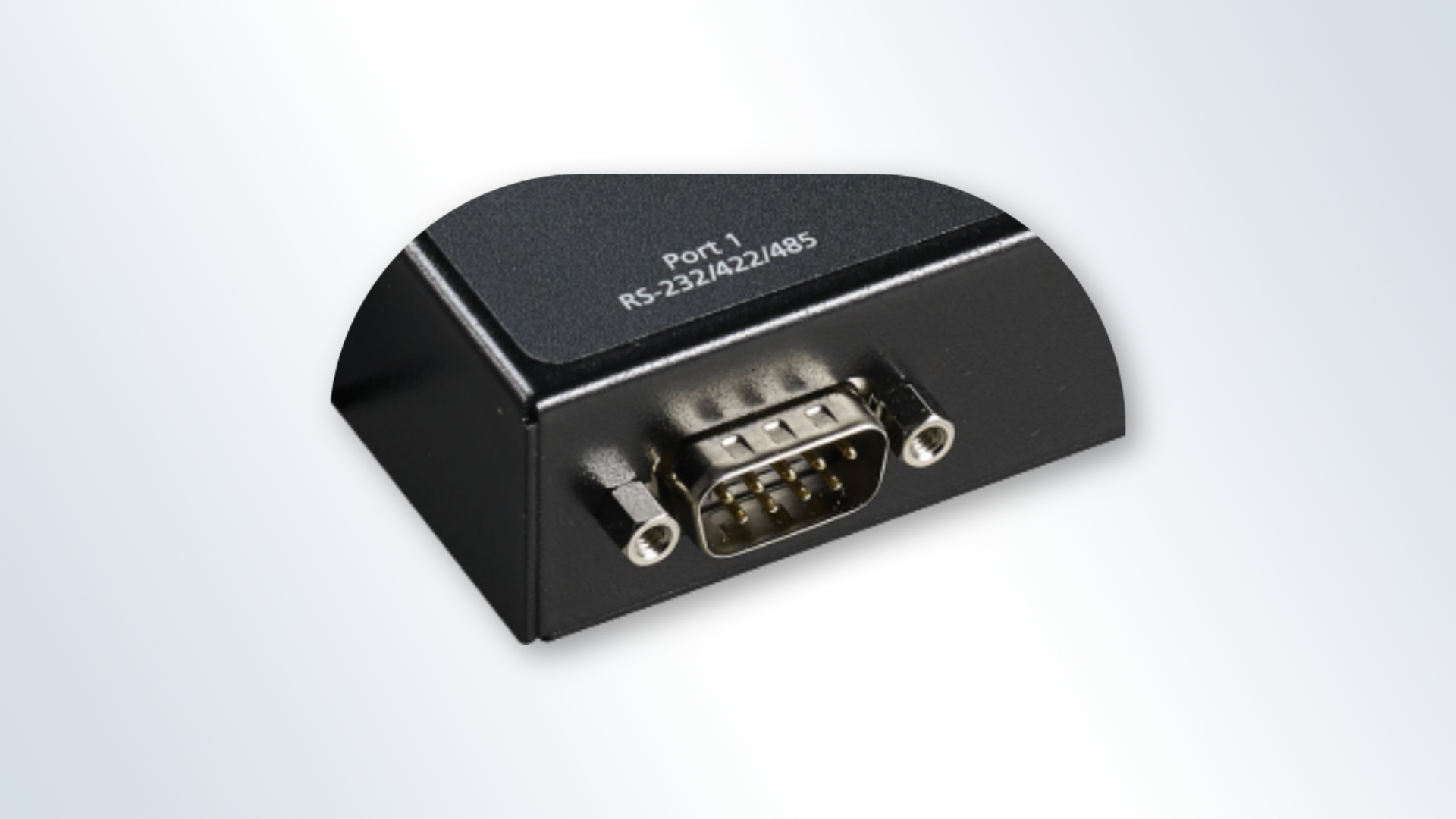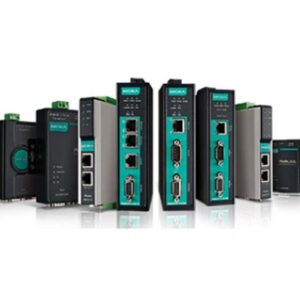What Are They, When to Use Them, and How to Implement Them Today
Don’t be scared — this isn’t a deep engineering article. We won’t dive into frame formats or explain how bits are transmitted under serial standards. Instead, this text gives you a clear understanding of the idea behind serial protocols, their pros and cons, and how to implement them in modern networks.
Serial standards, COM-port, RS-232/422/485 in the nutshell
Let’s start with the basics: what is a serial standard? In telecommunications and data transmission, serial communication is the process of sending data one bit at a time, sequentially, over a communication channel or computer bus. This is in contrast to parallel communication, where several bits are transmitted simultaneously over multiple parallel channels. Serial communication is mostly used when long-distance transmission is required, or when the cost and complexity of parallel wiring make parallel links impractical.
The most common serial communication standards are RS-232, RS-422, and RS-485. They cover only the first layer of the OSI model, are simple to understand and implement — yet reliable enough for industrial use. The RS family only defines how bits are transmitted: the electrical signals, the number of wires, and the voltage levels. Some revisions of the standards mention pinouts and connectors. But protocols, data structures, and all higher-level logic are left entirely up to the user. You can wrap it around Modbus RTU, proprietary protocols, or even just transmit raw data.
RS-232 vs. RS-422 vs. RS-485: Key Differences
All three standards use a minimum of 2+1 wires (two data signals and ground), but some variations may use up to 8+1 (data signals, control signals, and ground). The number of wires depends on whether you need control signals or just pure data transmission.
Connector-wise, the most common is the DB9 type, often simply called a COM-port. However, in many industrial environments — such as automation cabinets — it’s often more convenient to use terminal blocks instead, which are easier to wire by hand. Fortunately, the RS standards are flexible enough to allow both.
Transmission distance and topology limitations:
- RS-232: up to 15 meters, strictly point-to-point.
- RS-422: up to 1200 meters, point-to-point support, allows for one driver and multiple receivers.
- RS-485: up to 1200 meters, point-to-point support, allows for true multipoint connections (multiple drivers and receivers on the same bus).
All three standards are relatively noise-immune:
- RS-232 uses a wide voltage range to differentiate signal from noise.
- RS-422 and RS-485 use differential signalling — sending inverted copies of the signal in parallel — to cancel out noise through phase inversion.
The Longevity of Serial Standards
So, RS-232/422/485 use very simple and reliable technologies — and this exact simplicity made them so widespread in the 20th century that even today, no one has fully wiped them out from Operational Technology (OT) applications. RS-232 has been lasting for over 60 years, RS-422 for 50 years, and RS-485 for 40 years.
In addition, serial application software is much easier to develop compared to communication technologies like USB, Ethernet, or Wi-Fi. In many cases, a working serial communication program can be written in just a few lines of code, whereas USB or network applications may require thousands of lines and take days or even months to complete.
Given that industrial devices often run for 20-30+ years without replacement, every factory, substation, utility system, HVAC control, or POS terminal using RS-232/422/485 is helping to keep these ports alive. Sometimes, it feels like COM-ports are with us forever.
How to Implement Serial Standards Today?
The main question you may have now is: how do we implement RS-232, RS-422, and RS-485 in modern projects?
Computers now rarely have COM-ports, unless they are specifically designed for industrial automation. Moreover, modern networks often involve hundreds of devices and complex topologies, which are not possible with the point-to-point limitations of traditional serial communication.
To solve this issue, we use four main types of devices:
- USB-to-Serial Converters
- Serial Device Servers
- Multiport Serial Boards
- Protocol Gateways
Serial converters, boards, and cards in APulsar’s product catalogue.
We describe these device types in detail in our dedicated articles, so here we will just briefly highlight their main features:
- USB-to-Serial Converters simply convert RS-232, RS-422, and RS-485 to USB, so you can connect your serial devices directly to the USB port of your computer.
- Serial Device Servers convert serial standards into Ethernet (both copper and fiber). This gives you all the benefits of Ethernet, such as longer distances, complex topologies, and monitoring.
- Multiport Serial Boards (or Extension Cards) let you add real COM-ports to your desktop or embedded computers using PCI/PCIe slots. Unlike converters, this is the only option where you actually install physical COM-ports.
- Protocol Gateways are the most advanced of the four types. They not only convert serial to other standards, but also translate the industrial protocols running over them. Gateways allow you to convert and translate Modbus RTU/ASCII to Modbus TCP, EtherNet/IP, PROFINET, IEC 61850, and many others. None of the other three device types are capable of doing this.
If you want to know more about these types of devices, you can continue reading our related articles:
Get in touch!
The APulsar team hopes that this article has been insightful for you. Anytime you need advice, assistance, or technical support — just contact us.
And if you would like to see more useful guides like this one, don’t forget to subscribe to our newsletter below!
If you want to know more about serial standards, consider reading the MOXA’s articles on this topic. Use the filter Products > Serial Connectivity.

This is the heading
Lorem ipsum dolor sit amet, consectetur adipiscing elit. Ut elit tellus, luctus nec ullamcorper mattis, pulvinar dapibus leo.





